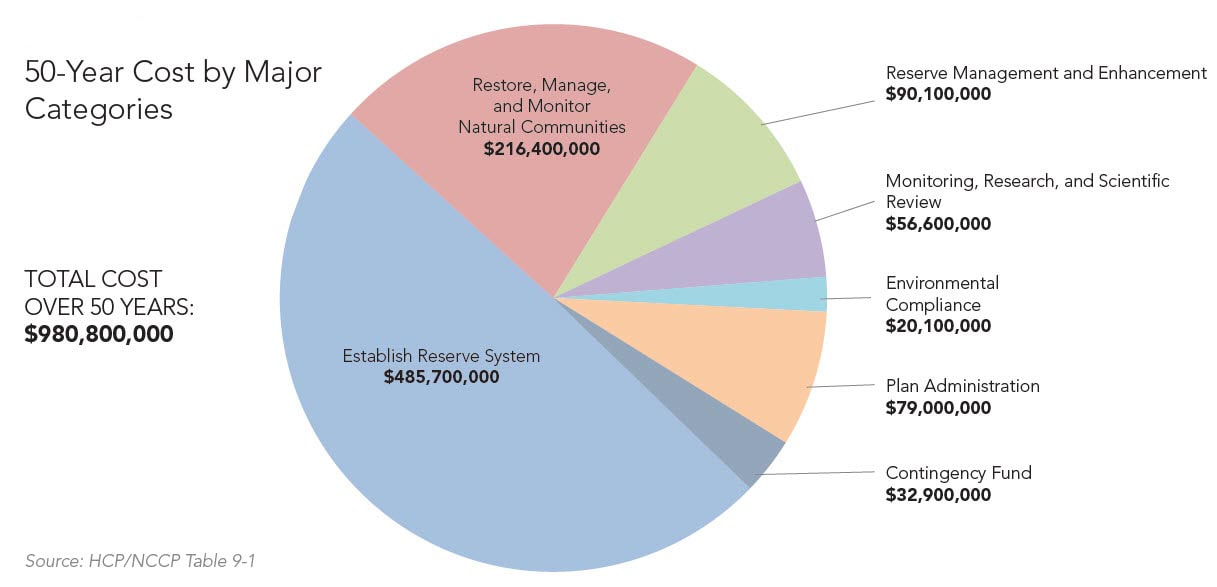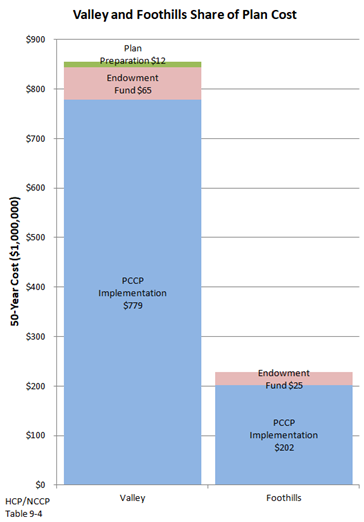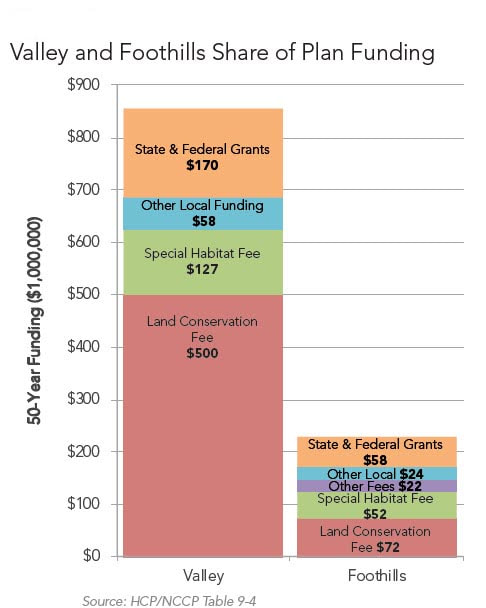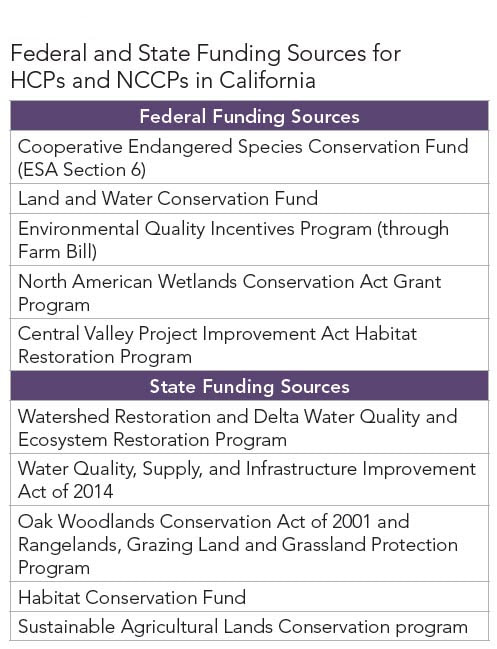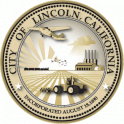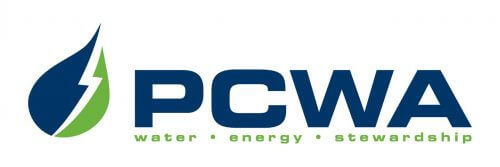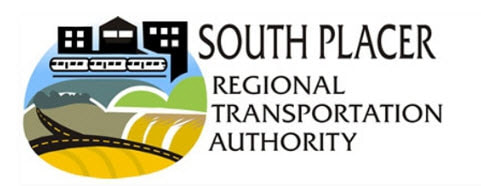Plan Cost
The cost of the plan during the 50 year permit covers the wide range of activities described in the proposed conservation strategy. Plan cost is estimated from detailed analysis of conservation measures and unit cost factors for the land, labor, materials, and supplies that implement those measures. Over a 50-year permit term, the Plan funds $980 million of reserve acquisition, habitat restoration, land management, and habitat and species monitoring. About three-quarters of plan costs are one time capital costs including land acquisition and the restoration of natural communities needed to establish the Reserve System. During the permit term, operating costs average about $6 million per year. Plan operations during the permit term include the following major categories of activities:
The biological resources present and the greater extent of future growth in the Valley dictate that roughly four fifths of the overall Plan cost will go to implement the Valley Conservation Strategy.
- Reserve land and restoration project management: $3.3 million
- Species and habitat monitoring: $1.1 million
- Plan administration: $1.6 million
- Reserve management: $1.9 million
- Monitoring: $600,000
- Program administration: $700,000
The biological resources present and the greater extent of future growth in the Valley dictate that roughly four fifths of the overall Plan cost will go to implement the Valley Conservation Strategy.
Plan Funding
Plan funding will come from a combination of local, state and federal sources. The local share is projected at 77% and will mainly come from development fees from Covered Activity projects. The City of Lincoln and the County will not be committing general funds to pay for the Plan, but development fees will apply to public projects such as roads and bridges covered by the Plan.
Valley and Foothills Share of Plan Funding
Estimates of local funding from Valley and Foothills development fees are based on scenarios of expected future land development and public projects in each area. Expected state and federal grants would be proportional to projected costs so Valley and Foothills funding balances Valley and Foothills cost.
State and federal grant funding is expected to meet 21% of funding needs over the 50-year permit term. Although the state and federal funds cannot be committed to the PCCP in advance, there are several present programs that may be available.
Valley and Foothills Share of Plan Funding
Estimates of local funding from Valley and Foothills development fees are based on scenarios of expected future land development and public projects in each area. Expected state and federal grants would be proportional to projected costs so Valley and Foothills funding balances Valley and Foothills cost.
State and federal grant funding is expected to meet 21% of funding needs over the 50-year permit term. Although the state and federal funds cannot be committed to the PCCP in advance, there are several present programs that may be available.
Development Fees
Development fees fall into three categories: land conversion fees, special habitat fees, and temporary effect fees. Permittees will collect fees based on an assessment of each project. The fee will be due at whichever step in the permitting process first applies:
For some projects, the fee payment can be split across several steps. Under certain circumstances, private applicants may fund all or a portion of fees with a special tax or special assessment or dedicate land to the Reserve System in lieu of development fees. Every five years, the PCA will complete a fee assessment in coordination with the Wildlife Agencies to review the costs and the underlying assumptions of the original funding plan, to evaluate trends in covered activities such as the rate and density of land development, and to estimate the remaining costs to implement the HCP/NCCP. The PCA will adjust fees based on this analysis.
- Grading permit or grading plan issuance
- Improvement plan approval
- Building permit issuance
- Any other final permit action that authorizes an action impacting a Covered Species or its habitat
For some projects, the fee payment can be split across several steps. Under certain circumstances, private applicants may fund all or a portion of fees with a special tax or special assessment or dedicate land to the Reserve System in lieu of development fees. Every five years, the PCA will complete a fee assessment in coordination with the Wildlife Agencies to review the costs and the underlying assumptions of the original funding plan, to evaluate trends in covered activities such as the rate and density of land development, and to estimate the remaining costs to implement the HCP/NCCP. The PCA will adjust fees based on this analysis.
Land Conversion Fees
These fees will apply wherever natural, semi-natural, or other agricultural land is affected and are applied at the same rate regardless of the land cover type present. The basic fee is set to provide funding for the establishment of the Reserve System overall, averaging across the costs of acquisition and management of the various natural communities to be protected. Because of differences in both the biological resources present and the character of future land development, the Valley and the Foothills do not have the same fee schedule. In the Foothills much of the impact on habitat and species results from development and fragmentation of large parcels so smaller parcels already existing at the time the Plan is adopted pay lower land conversion fees.
Special Habitat Fees
These fees will apply wherever covered activities affect wetlands or the Stream System. All special habitat fees are paid in addition to the land conversion fee. The special habitat fees mitigate loss of specific, valuable habitats and are set to provide adequate funding for restoration and enhancement; the fee varies depending on what habitat is affected.
Temporary Effect Fees
These fees are assessed at 2% of listed permanent fees and apply only when a natural community is restored within one year of initial ground disturbance. This condition will usually not be easily met and temporary fees will apply rarely and to projects such as stream channel maintenance, pipelines or lay down areas adjacent to short term public works construction.
These fees will apply wherever natural, semi-natural, or other agricultural land is affected and are applied at the same rate regardless of the land cover type present. The basic fee is set to provide funding for the establishment of the Reserve System overall, averaging across the costs of acquisition and management of the various natural communities to be protected. Because of differences in both the biological resources present and the character of future land development, the Valley and the Foothills do not have the same fee schedule. In the Foothills much of the impact on habitat and species results from development and fragmentation of large parcels so smaller parcels already existing at the time the Plan is adopted pay lower land conversion fees.
Special Habitat Fees
These fees will apply wherever covered activities affect wetlands or the Stream System. All special habitat fees are paid in addition to the land conversion fee. The special habitat fees mitigate loss of specific, valuable habitats and are set to provide adequate funding for restoration and enhancement; the fee varies depending on what habitat is affected.
Temporary Effect Fees
These fees are assessed at 2% of listed permanent fees and apply only when a natural community is restored within one year of initial ground disturbance. This condition will usually not be easily met and temporary fees will apply rarely and to projects such as stream channel maintenance, pipelines or lay down areas adjacent to short term public works construction.

